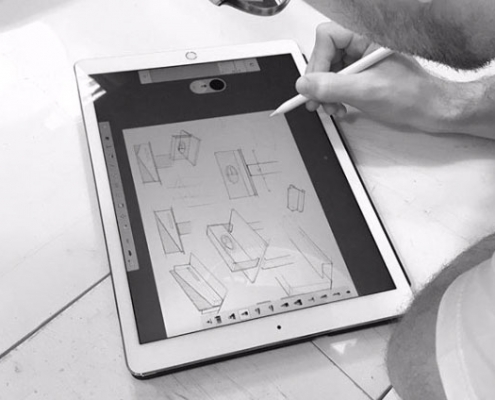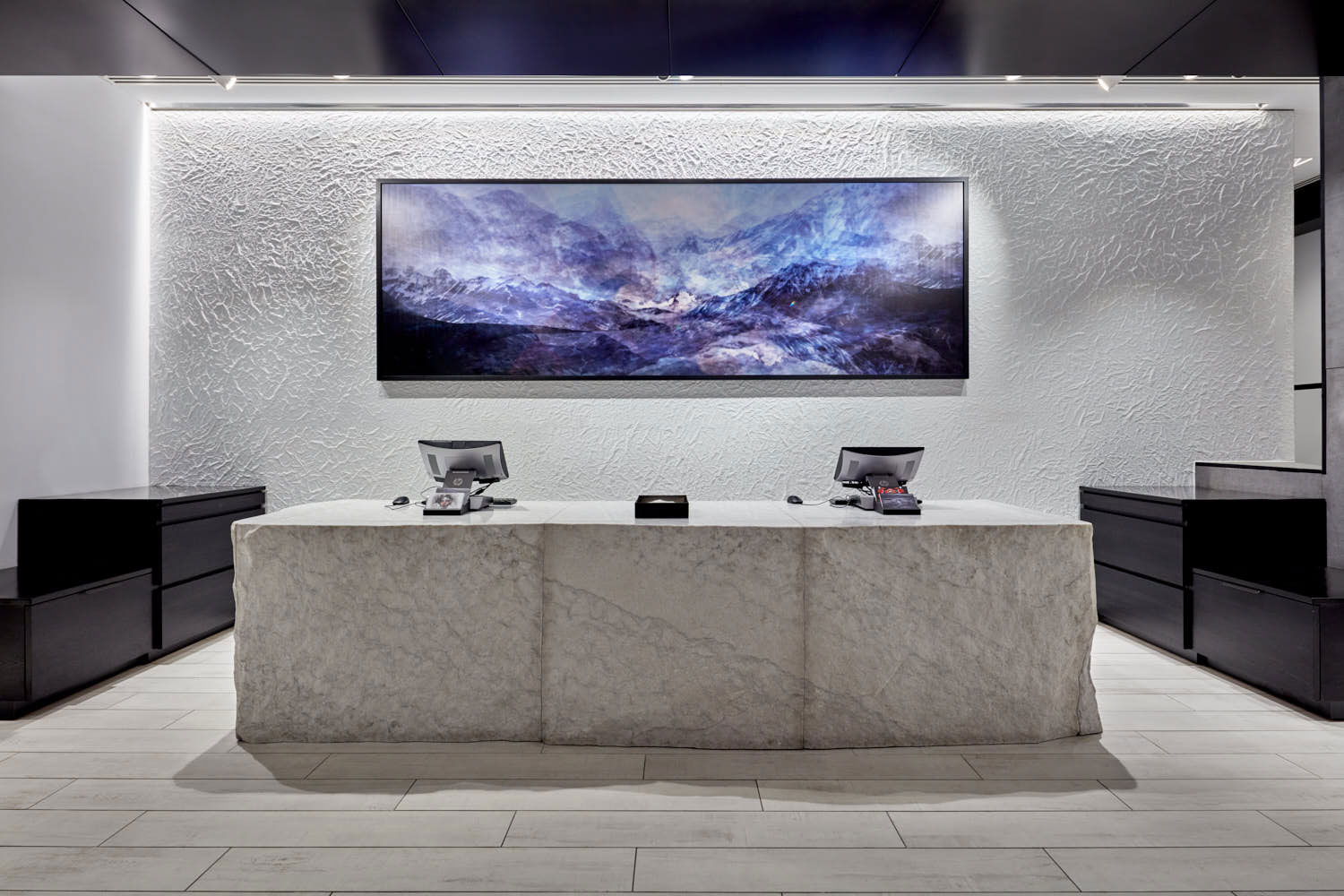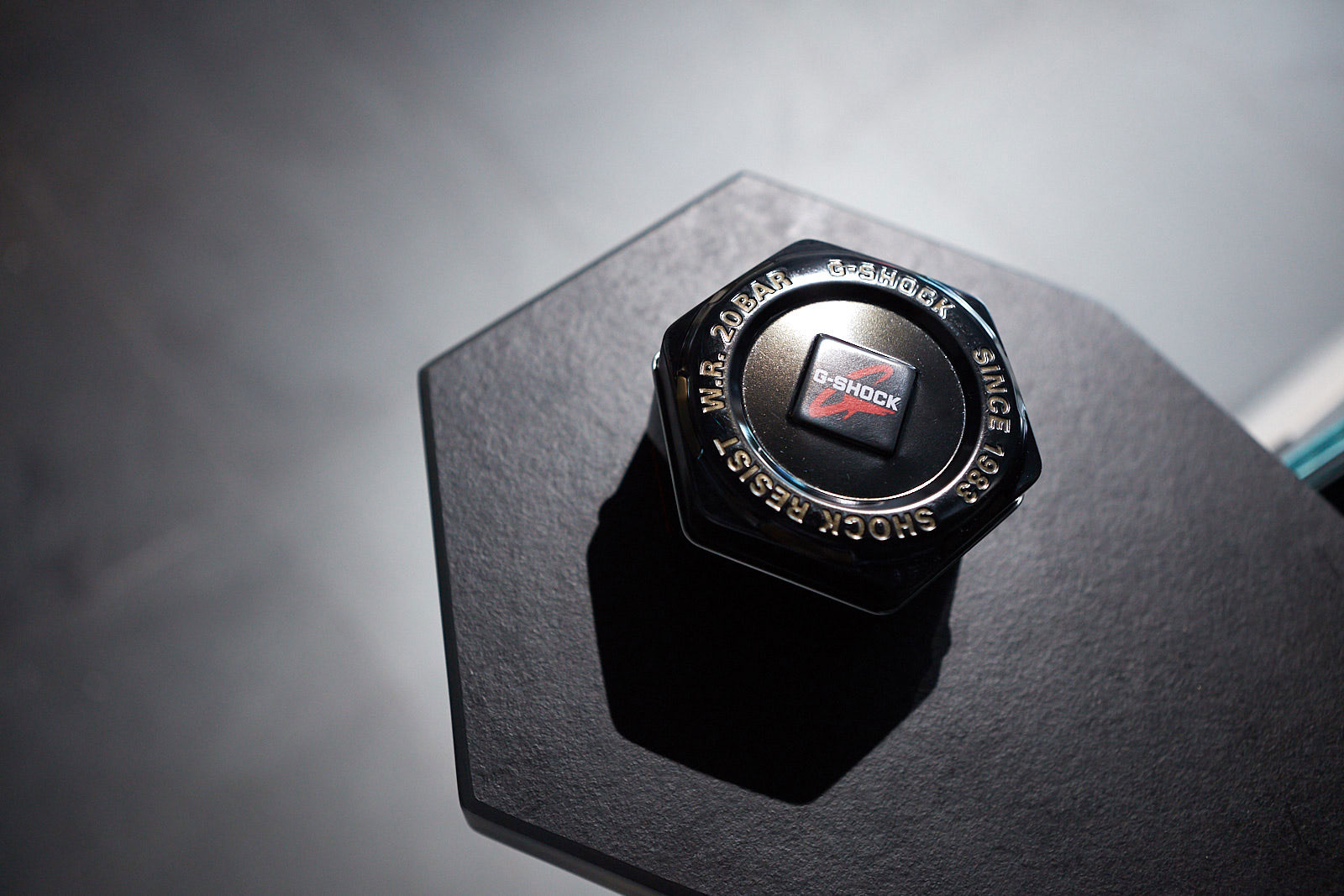When I’m designing and laying out a new store I spend a lot of time talking with our clients about what specific fixtures may be required, how they should be formatted around the space and how everything serves to achieve our agreed end goals. Consistently though, there is one item that always appears to be left to last in the conversation. You guessed it, the cash wrap.
The humble cash wrap is more important than we give it credit for, it’s the place in store where customers commit to buying into a brand, it’s the area of the store that they should feel their best, and it’s the point in store where human interaction is at its most potent. So, what should be considered when planning your store?
Let’s start with this as a question; “Do you actually need a cash wrap?”
While there isn’t a right or wrong answer to this, for all the reasons I just mentioned above, I believe the physical presence of a cash wrap is important. But – consider the one store that (sweeping generalisation aside) all brands look to when they seek pioneering retail design inspiration, Apple. They don’t have a cash wrap, and it works for them, so can you follow their lead?
Yes, it works for them, and the absence of the cash wrap means that employees can focus on simply having great conversations, and generally looking to go above and beyond for their customer at any opportunity. Customers love it – they get a great one to one connection with the brand, it feels natural and casual, and this positive parting interaction has them leaving the store as brand ambassadors.
The thing is, they love it up until the point that they really don’t. I know this, because at one point in my life, I worked at an Apple store.
On a busy weekend when the crowds are dense in store and customers are looking to pay, they have to resort to playground-style tactics to get noticed first by employees, resulting in frustration, lost sales, and worst still, negative influencers. I’ve seen people get so hacked off that they can’t get served or just simply pay for what that they want, that they’ll put desired products down on the nearest surface and simply walk out – not good. So, it’s safe to say that you don’t have to have a physical cash wrap, but be warned if you expect your store to become intensely busy, there is a negative side effect of there not being a clear destination for purchase.
If we concentrate now on the idea that you are sure you want one, where should it be located?
There is a school of thought that placing your cash wrap at the very back of your store is best. The idea being that it forces customers to explore a store in it’s entirety, passing pretty much every product offering available. This does work, and I’ve even worked with clients that insist on placing the cash wrap upstairs to enforce this idea. The negative of course, is that customers can tell what you’re doing, and strangely it can feel like a lot of effort to have to navigate their way through the fixturing and displays in store.
Some stores, often smaller ones, will favour locating their pay point by the entrance. This can be down to available space or to provide added security, but it’s also tactically effective as you don’t really notice it until you want to leave (and pay) meaning that you get an “unspoilt” store environment on first sight. While this sounds great, there are potential downsides like queues blocking the store entrance, staff feeling like a barrier to exploring the store or, depending on the architecture, you could potentially lose your most impactful selling space.
 https://doubleretail.com/wp-content/uploads/KNOWLEDGE/Retail-Design_-Whats-Retail-design-02.jpg
424
599
Double Retail
https://doubleretail.com/wp-content/uploads/common/double-retail-menu-logo-01.png
Double Retail2018-09-13 13:52:362022-02-03 13:51:37Retail design?
https://doubleretail.com/wp-content/uploads/KNOWLEDGE/Retail-Design_-Whats-Retail-design-02.jpg
424
599
Double Retail
https://doubleretail.com/wp-content/uploads/common/double-retail-menu-logo-01.png
Double Retail2018-09-13 13:52:362022-02-03 13:51:37Retail design? 

